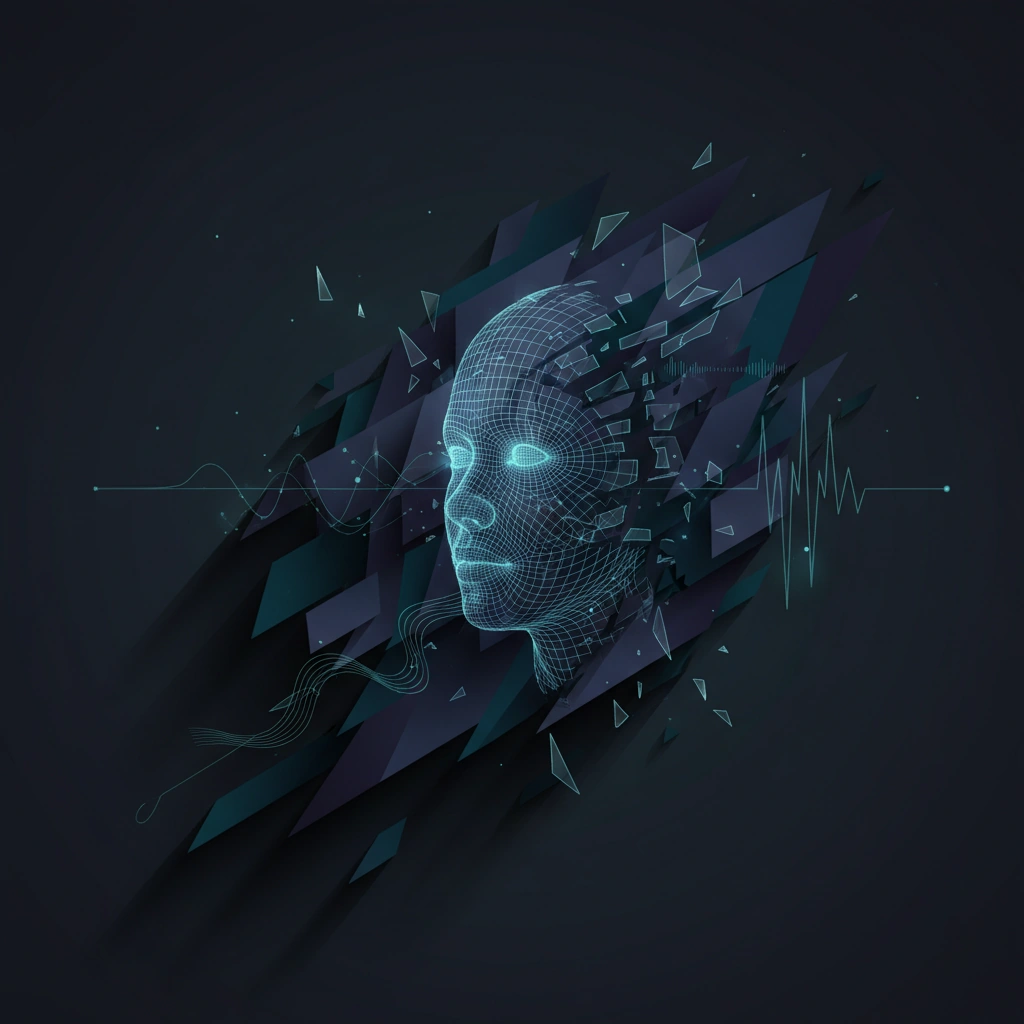iOS Video Calls Vulnerable to Real-Time Deepfake Injection
Security researchers discover method to inject AI-generated deepfakes directly into iOS video calls, raising urgent concerns about authentication in mobile communications.

A newly discovered vulnerability in iOS video calling infrastructure has security experts sounding alarms about the potential for real-time deepfake injection during live video conversations. The exploit, which researchers say can be executed using publicly available tools, represents a significant escalation in the sophistication of deepfake attacks targeting mobile platforms.
The vulnerability allows attackers to intercept and modify video streams in real-time, replacing legitimate video feeds with AI-generated deepfakes during active calls. Unlike previous deepfake threats that required pre-recorded videos or post-processing, this technique operates at the system level, making detection significantly more challenging for both users and security software.
Technical Implementation and Attack Vector
The attack leverages weaknesses in how iOS handles video stream processing and memory management during calls. By exploiting these vulnerabilities, malicious actors can inject synthetic video frames generated by neural networks directly into the video pipeline. The deepfake generation occurs on the attacker's device, with only the modified frames being transmitted to the target.
What makes this particularly concerning is the accessibility of the required tools. The exploit combines commercially available deepfake software with custom injection code that targets specific iOS video APIs. The entire attack chain can be automated, requiring minimal technical expertise once the initial setup is complete.
Real-Time Generation Challenges
The breakthrough that enables this attack is the optimization of deepfake models for mobile deployment. Recent advances in model compression and edge computing have reduced the computational requirements for generating convincing deepfakes from high-end GPUs to mobile processors. This democratization of deepfake technology creates new attack surfaces that were previously considered impractical.
The latency introduced by real-time deepfake generation—typically 50-100 milliseconds—is often masked by normal network delays in video calls. This makes the manipulation virtually undetectable through timing analysis alone, requiring more sophisticated detection methods that analyze the video content itself.
Detection and Prevention Strategies
Security researchers recommend several immediate countermeasures while Apple develops a permanent fix. Users should enable additional authentication methods for sensitive video calls, including pre-shared visual tokens or challenge-response protocols that are difficult for AI to replicate in real-time.
On the technical side, implementing cryptographic signatures for video frames at the hardware level could prevent tampering. Some experts advocate for adopting the C2PA (Coalition for Content Provenance and Authenticity) standard for live video streams, which would create an immutable chain of custody from camera sensor to recipient.
Organizations conducting high-stakes video conferences should consider implementing secondary verification channels. This might include simultaneous voice verification through a separate encrypted channel or requiring participants to perform specific actions that would be difficult for current deepfake models to replicate accurately in real-time.
Implications for Digital Trust
This vulnerability underscores the fragility of visual authentication in an era of sophisticated AI. As deepfake technology continues to improve and become more accessible, the assumption that live video provides reliable proof of identity becomes increasingly questionable. The financial sector, which has invested heavily in video-based KYC (Know Your Customer) processes, may need to reconsider their authentication strategies.
The discovery also highlights the asymmetric nature of the deepfake threat—attack tools are evolving faster than detection capabilities. While researchers work on developing robust deepfake detection algorithms, attackers continue to find new ways to bypass existing safeguards. This cat-and-mouse game suggests that a multi-layered approach to authentication, rather than reliance on any single method, will become essential for maintaining digital trust.
Stay informed on AI video and digital authenticity. Follow Skrew AI News.



